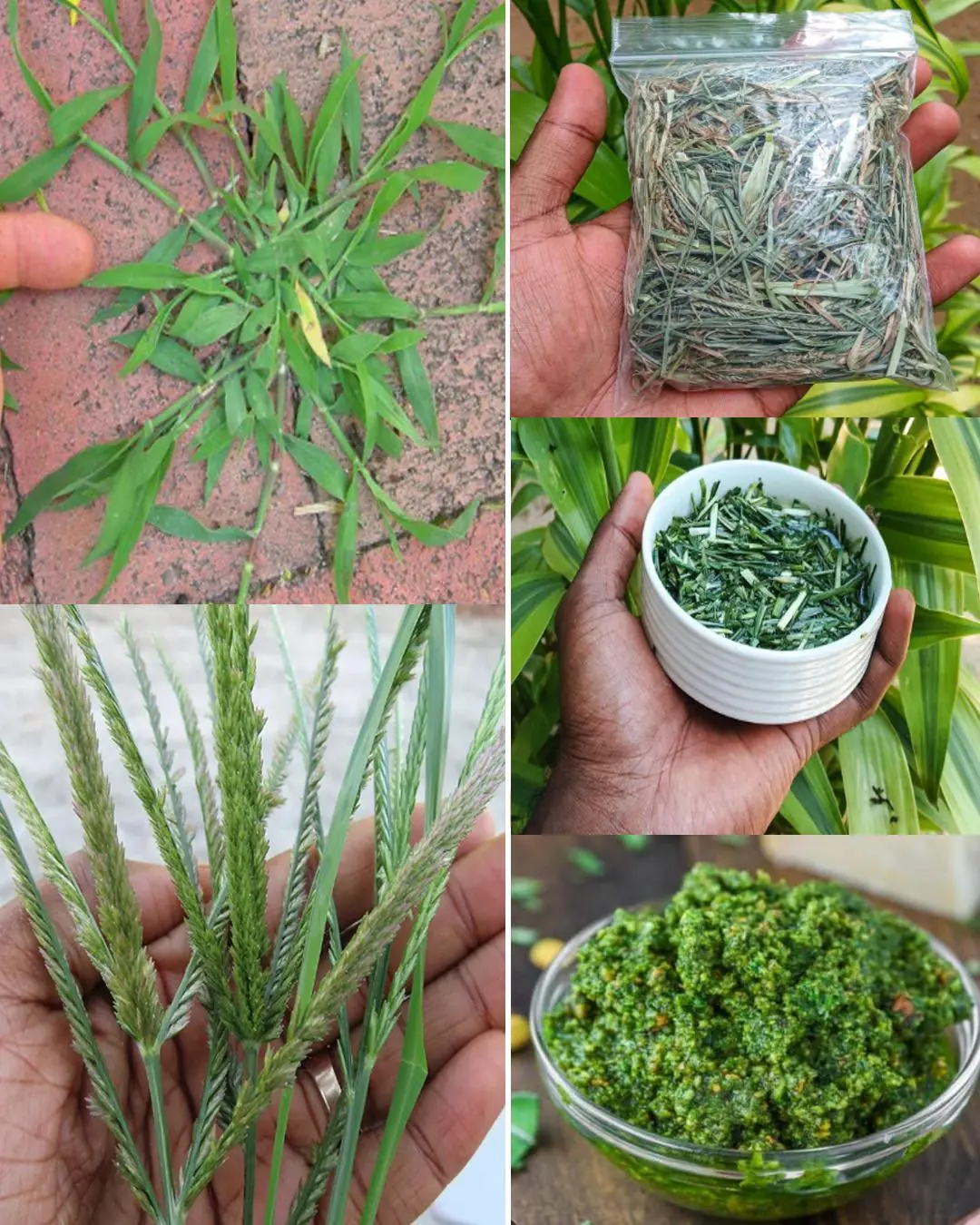
DIY Survival Water Filter – How to Make Clean Drinking Water Anywhere
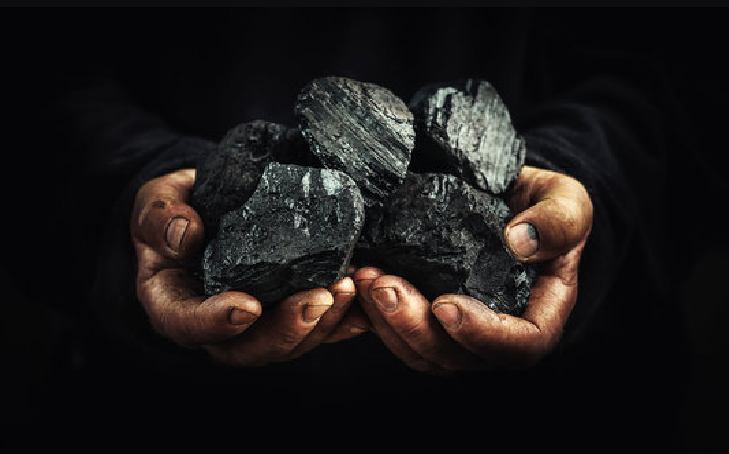
How to Make a DIY Survival Water Filter: Turn Dirty Water Into Life-Saving Hydration
When faced with a survival situation, access to clean drinking water often determines whether you live or die. The human body can survive weeks without food, but only a few days without water. Whether you’re hiking deep in the wilderness, camping off-grid, or stranded after a natural disaster, knowing how to build a DIY survival water filter can literally save your life.
With a few basic materials, you can create a system that filters out dirt, debris, and many harmful microorganisms—transforming murky, unsafe water into a cleaner, drinkable source.
Why You Should Never Drink Untreated Water
Water found in nature—streams, ponds, or even rain puddles—may appear clean and sparkling, but it can be filled with bacteria, parasites, and chemical contaminants invisible to the eye. Drinking untreated water can cause severe dehydration, diarrhea, or infections such as Giardia or E. coli.
Boiling remains the most effective way to make water safe, but in situations where fire or fuel isn’t available, building a survival filter can dramatically reduce risk. It’s not perfect, but it’s a critical step that can buy you time and prevent illness until you can fully purify the water later.
Materials You’ll Need
You can craft a simple yet effective water filter using everyday items or natural materials you can find outdoors:
-
A plastic bottle (or any hollow container you can cut and reshape)
-
Cloth or coffee filter – for the base layer to hold everything in place
-
Sand – fine grains help trap small dirt and impurities
-
Charcoal – activated charcoal is ideal, but even crushed campfire charcoal works in emergencies
-
Small pebbles or gravel – to filter out larger debris such as twigs, insects, or leaves
-
A container – to collect the filtered water
These materials mimic the way nature purifies water through soil and rock layers.
Step-by-Step Instructions: Building the Filter
Step 1: Prepare the Bottle
Cut off the bottom of your plastic bottle. Turn it upside down so the neck becomes the water outlet.
If the bottle cap is still attached, poke a small hole in it to allow water to drip slowly—slow filtration gives better results.
Step 2: Add the First Layer – Cloth or Coffee Filter
Place a clean piece of cloth, bandana, or coffee filter inside the bottleneck.
This acts as a barrier, keeping the finer filtering materials (like sand and charcoal) from falling through.
Step 3: Add the Second Layer – Charcoal
Crush your charcoal into small pieces and add a thick layer. Charcoal plays a vital role—it absorbs toxins, neutralizes odors, and removes many harmful chemicals and bacteria.
Step 4: Add the Third Layer – Sand
Next, pour in a layer of fine sand. This helps catch sediment and microscopic debris that escaped the upper layers, giving the water a cleaner appearance.
Step 5: Add the Fourth Layer – Gravel or Pebbles
Top your filter with a layer of small rocks or gravel. These block larger debris such as leaves, insects, or mud clumps from entering the filter.
Step 6: Pour and Collect
Place your collection container under the bottle. Slowly pour dirty water into the top, allowing it to drip gradually through each layer.
The water that emerges should look clearer, less cloudy, and free of visible contaminants.
Important Note on Safety
Even though this DIY filter can dramatically improve the clarity and quality of water, it does not guarantee full disinfection. Viruses and some bacteria may still remain. To ensure your safety:
-
Boil the filtered water for at least 1–3 minutes (or longer at high altitudes).
-
If boiling isn’t possible, use purification tablets or a portable UV sterilizer.
-
Avoid collecting water from areas near animal waste, stagnant ponds, or industrial runoff whenever possible.
Benefits of a DIY Water Filter
-
Portable and lightweight: You can build one anywhere with minimal tools.
-
Cheap or free: Uses everyday or natural materials—no special equipment required.
-
Eco-friendly and reusable: You can rebuild and clean it easily in the field.
-
Life-saving: Prevents dehydration and waterborne illness when clean water isn’t available.
This technique is not just for survivalists—it’s an essential emergency preparedness skill for campers, travelers, and anyone living in areas prone to floods or disasters.
Final Thoughts: A Skill That Could Save Your Life
A DIY survival water filter is more than a quick fix—it’s a demonstration of ingenuity and self-reliance. With just sand, charcoal, and gravel, you can transform muddy, contaminated water into a much safer option for drinking.
In survival situations, knowledge is your best tool. Learning how to build a simple water filter ensures that even in the toughest conditions, you can stay hydrated, alert, and alive.
Clean water is not just a comfort—it’s the foundation of survival.
News in the same category

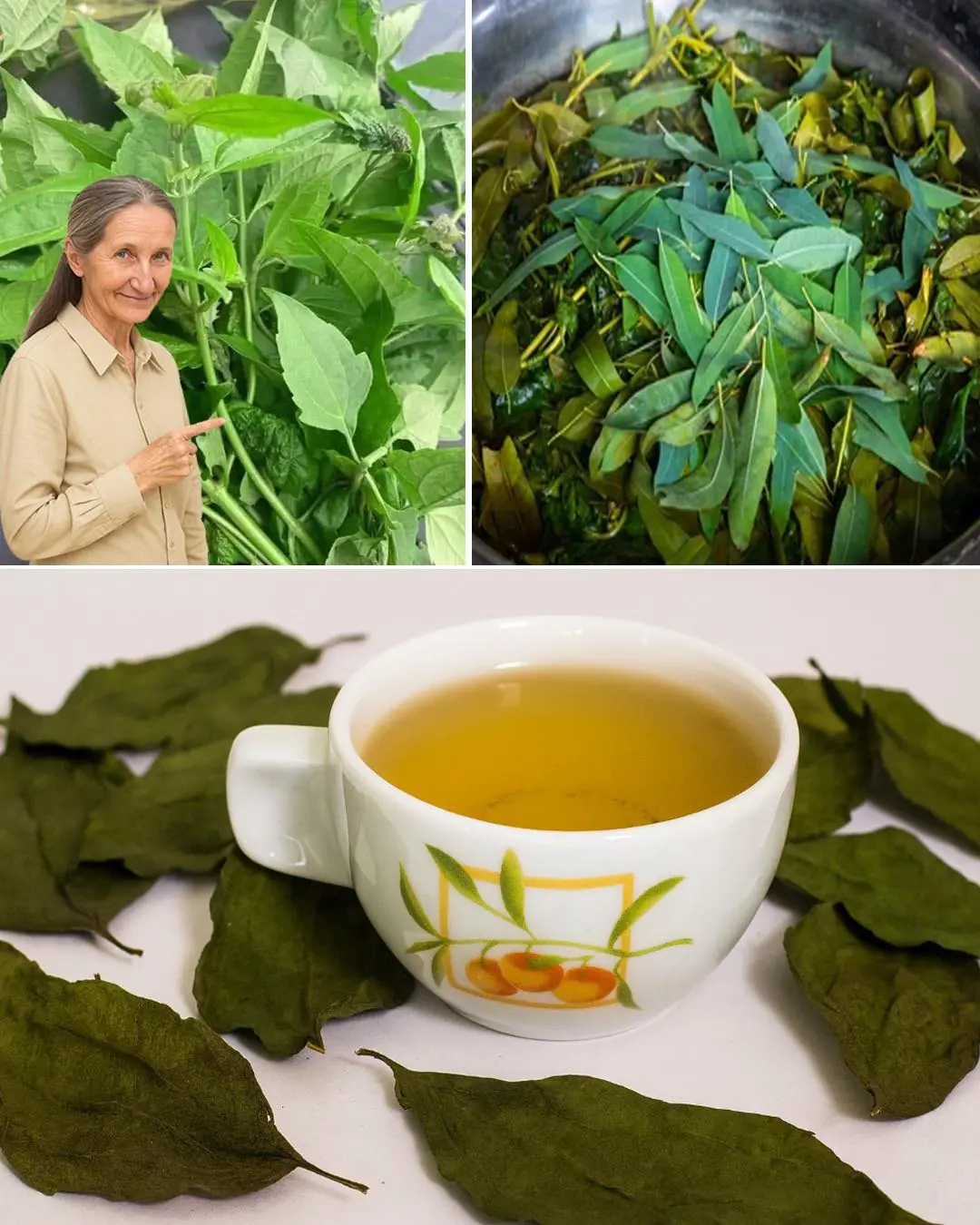
Siam Weed: A powerful remedy for multiple ailments
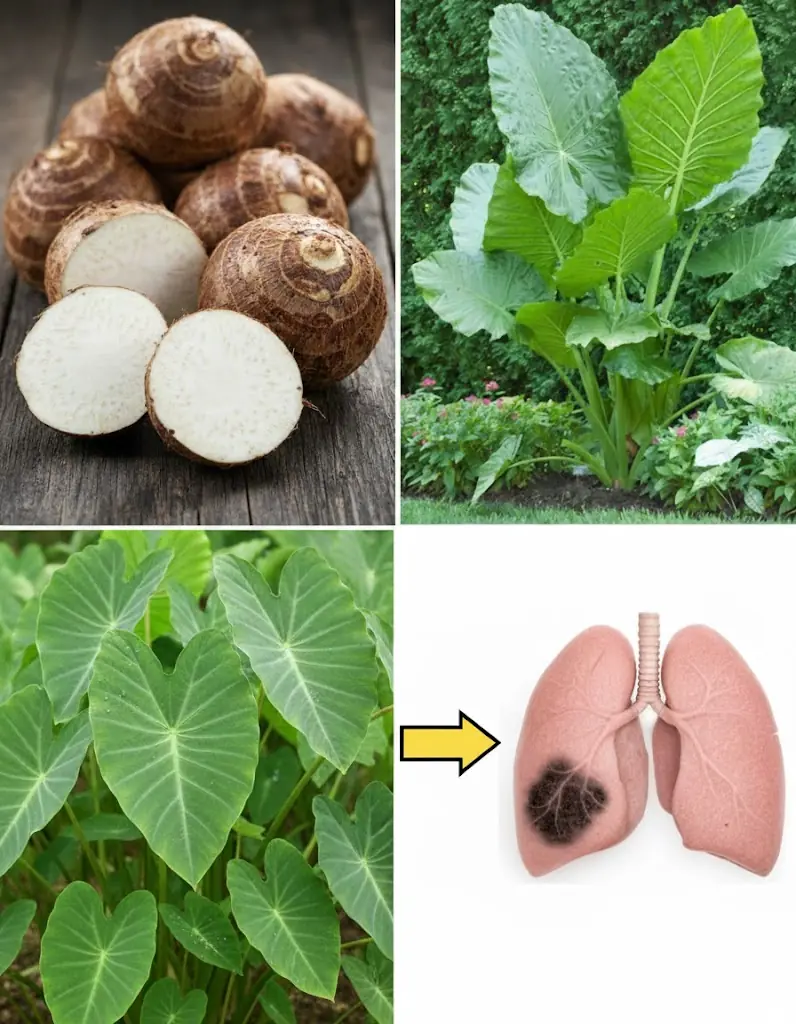
Benefits and Uses of Taro (Colocasia esculenta)
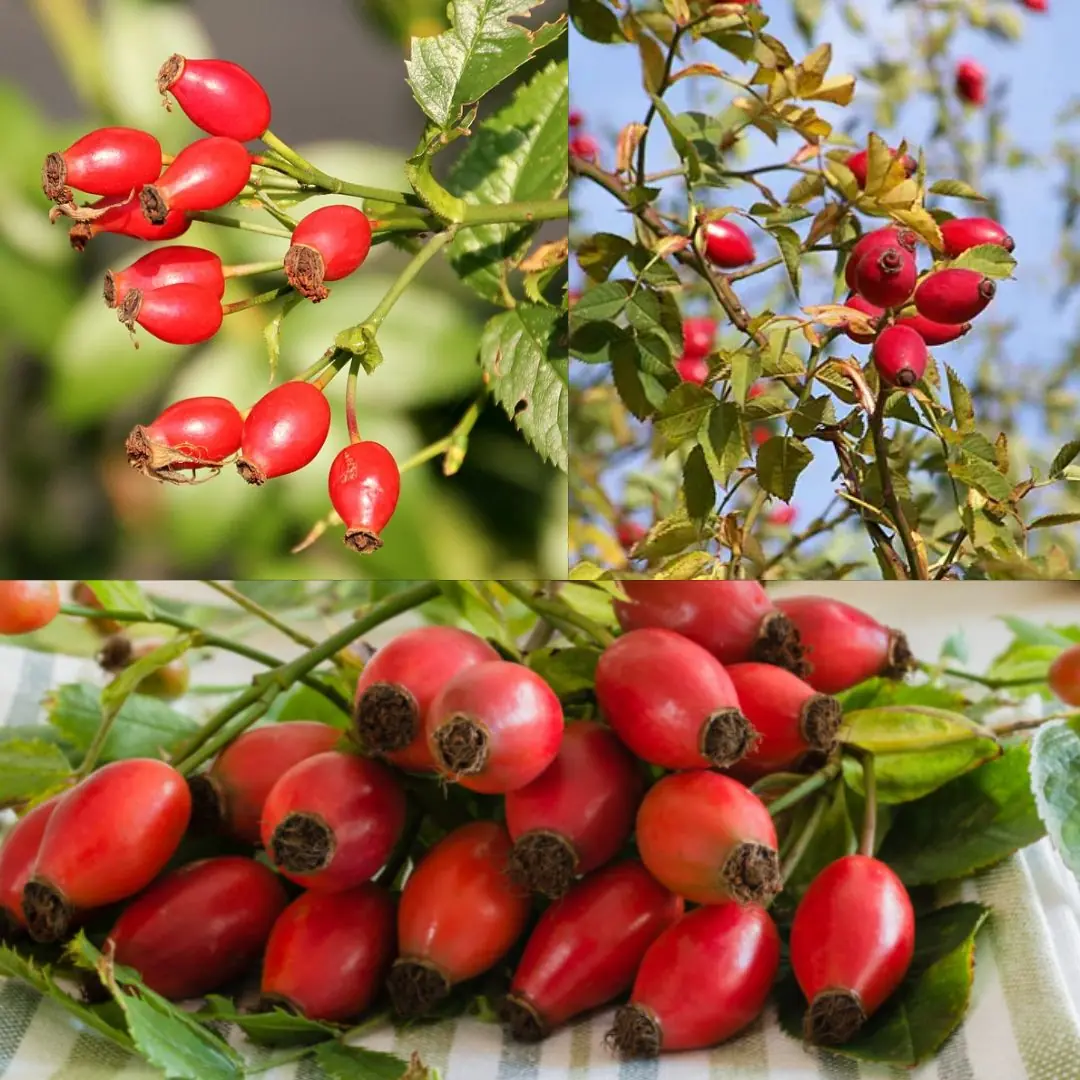
The Hidden Power of Rose Hips: Nature’s Overlooked Treasure Growing in Your Backyard
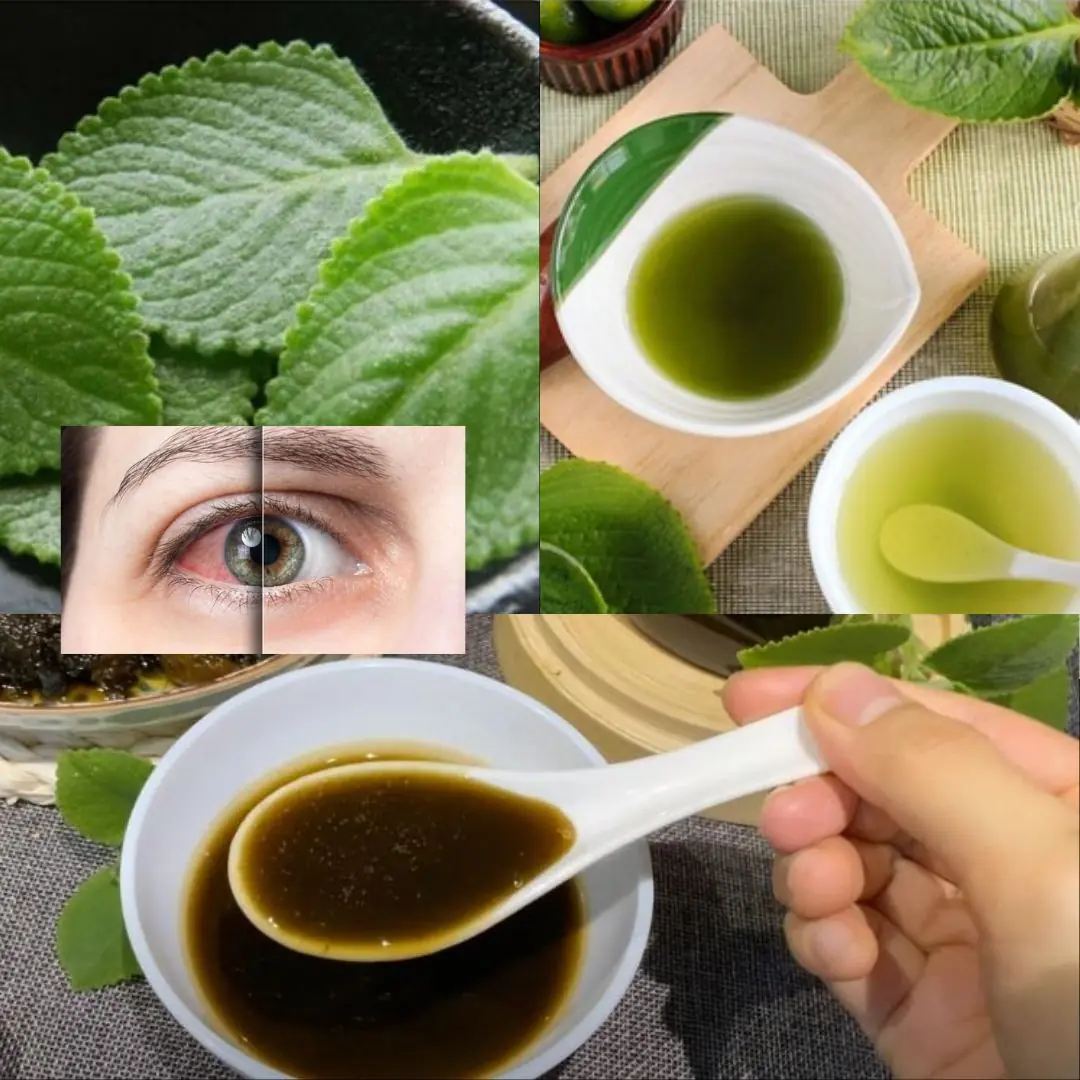
Oregano: The Golden Herb for Eye Health
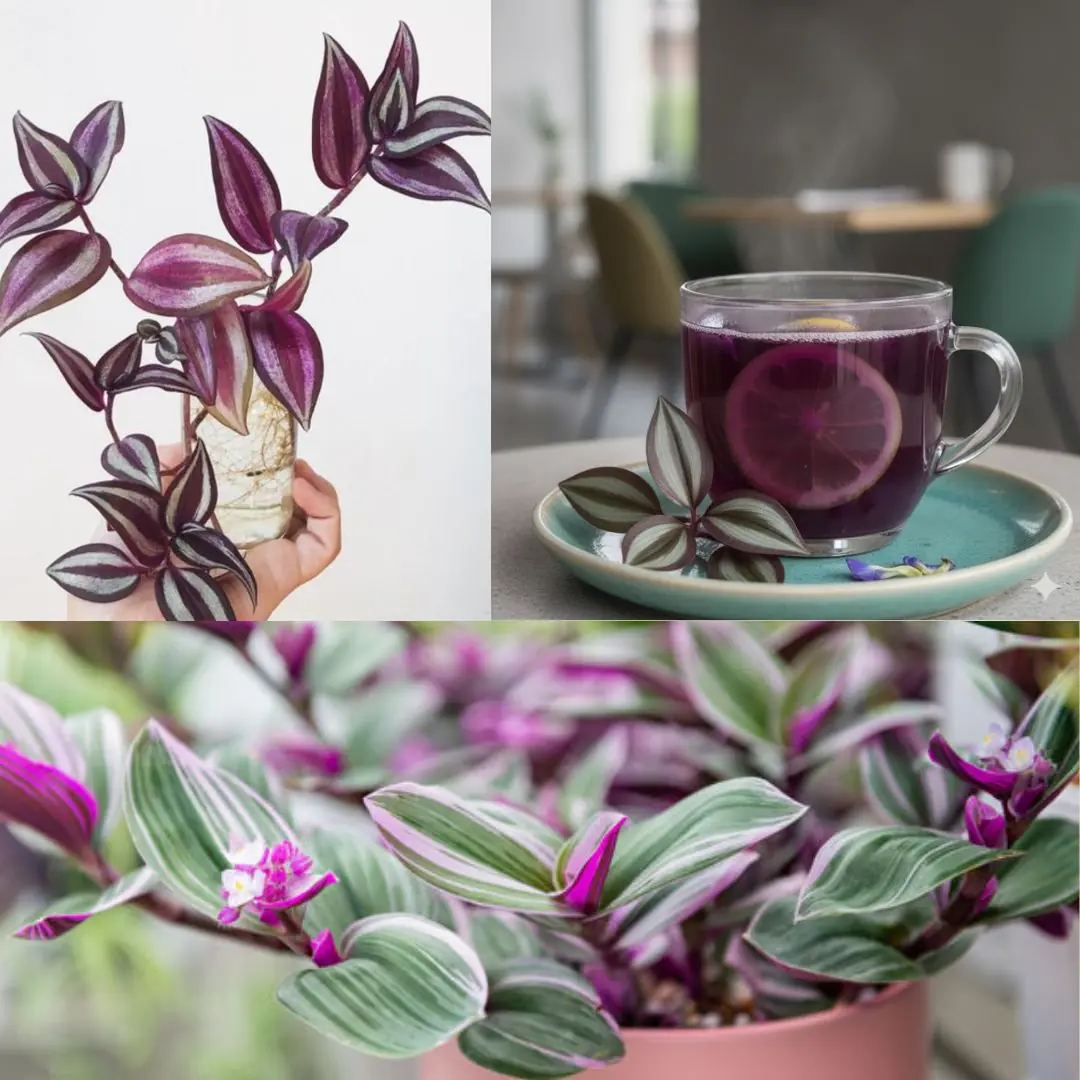
Tradescantia zebrina: The Colorful Healer Hidden in Plain Sight

Only 2% Know This Ancient Spice Can Clean Lung Mucus Overnight 💥
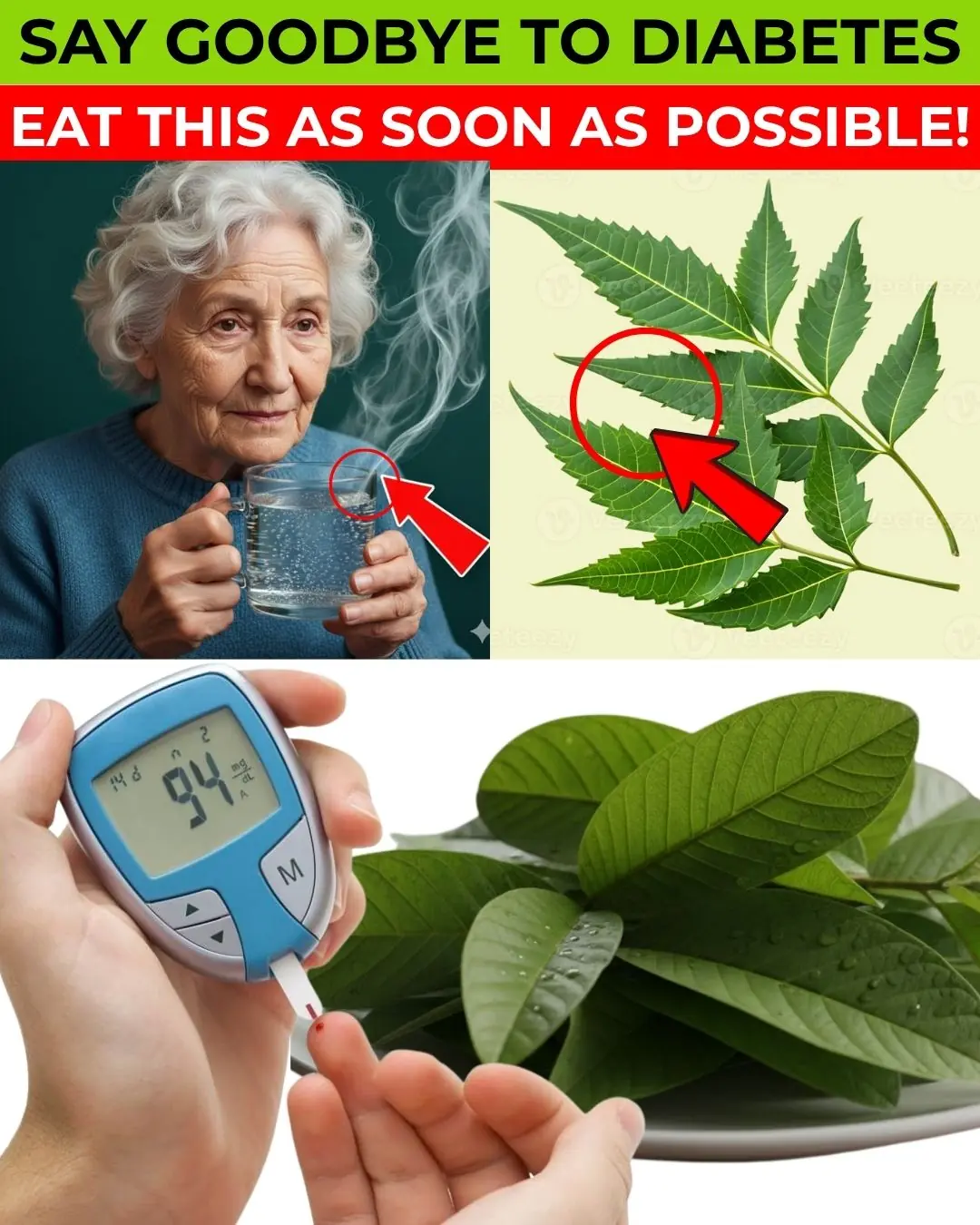
🌿 SENIORS: This 1 Leaf DESTROYS Diabetes & Melts Belly Fat (Doctors HATE It!) | Barbara O’Neill
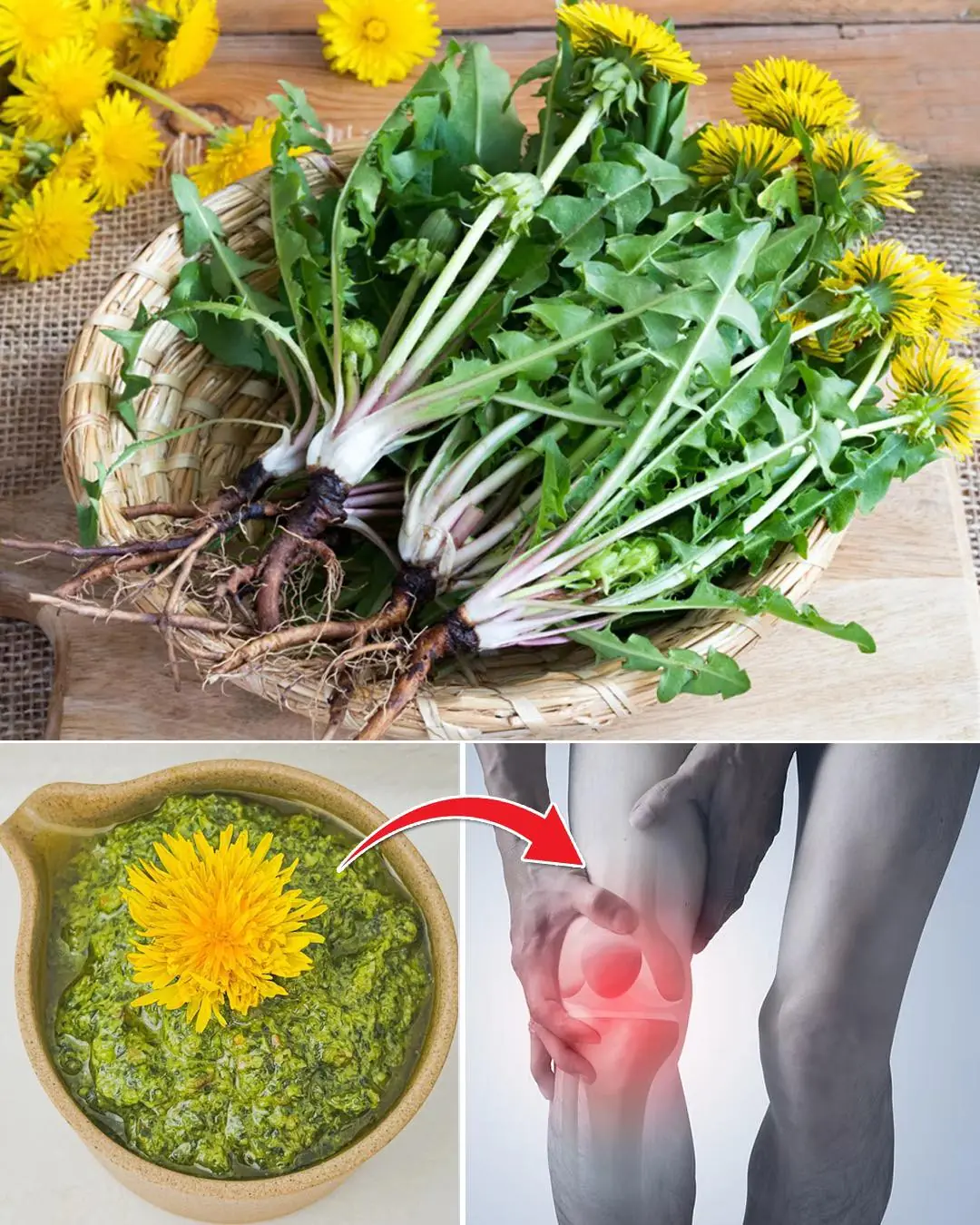
10 incredible ways to use dandelion

Datura Stramonium: The Enigmatic Thorn Apple Plant
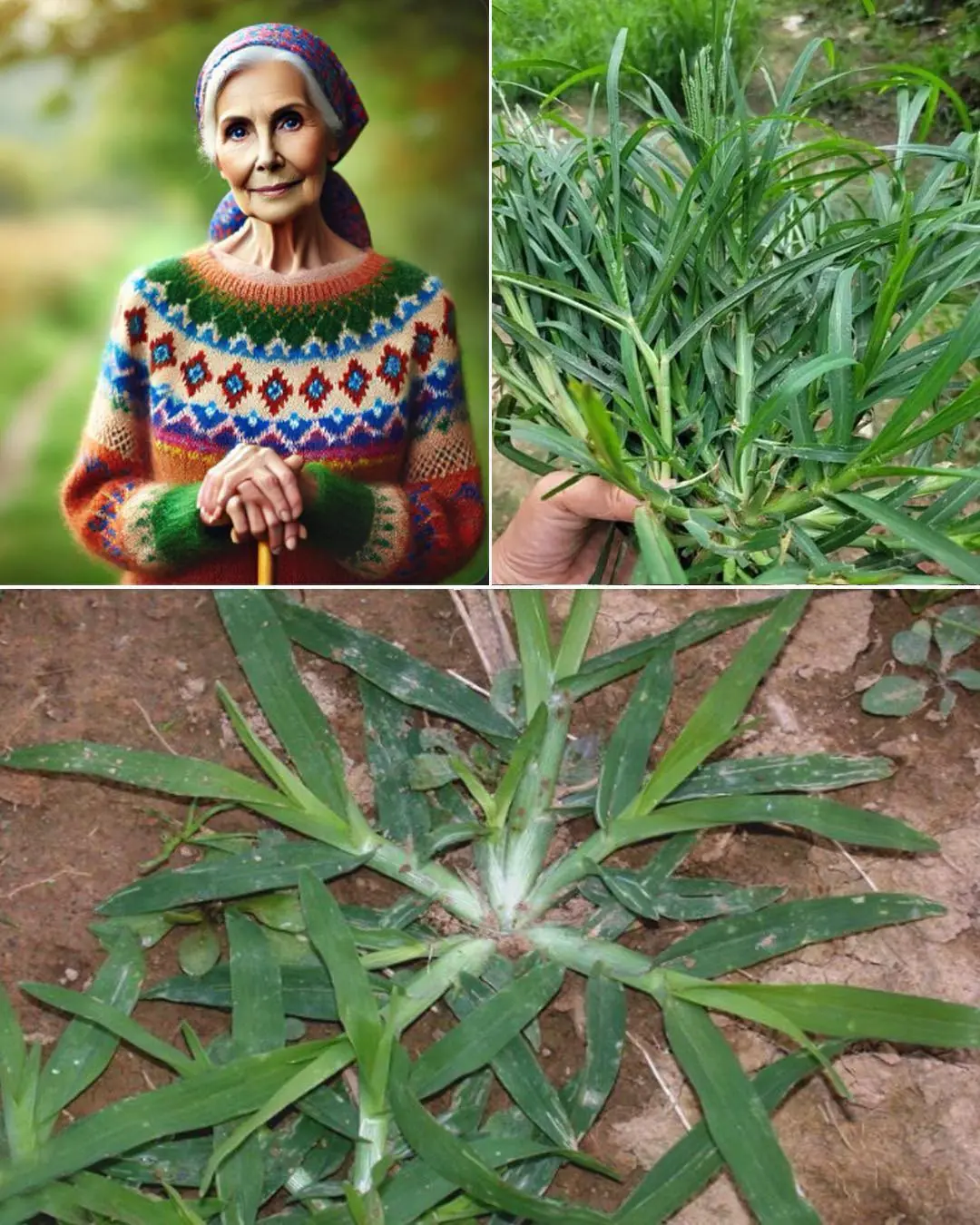
Goosegrass: Health Benefits and Uses
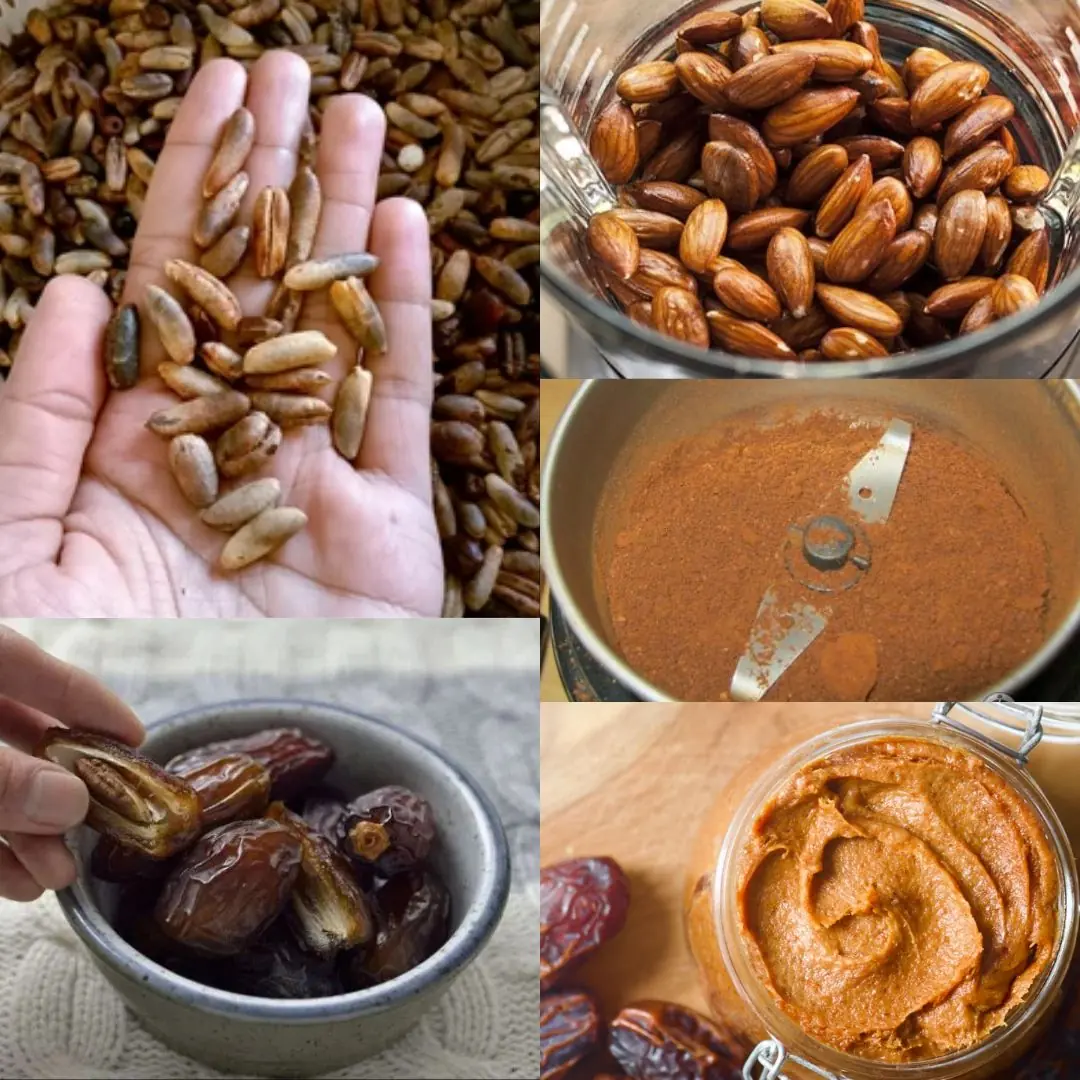
Don’t Throw Away Date Seeds – Here’s Why They’re So Powerful

🌿 Discover the Hidden Gold in Your Garden: The Amazing Power of Castor Leaves
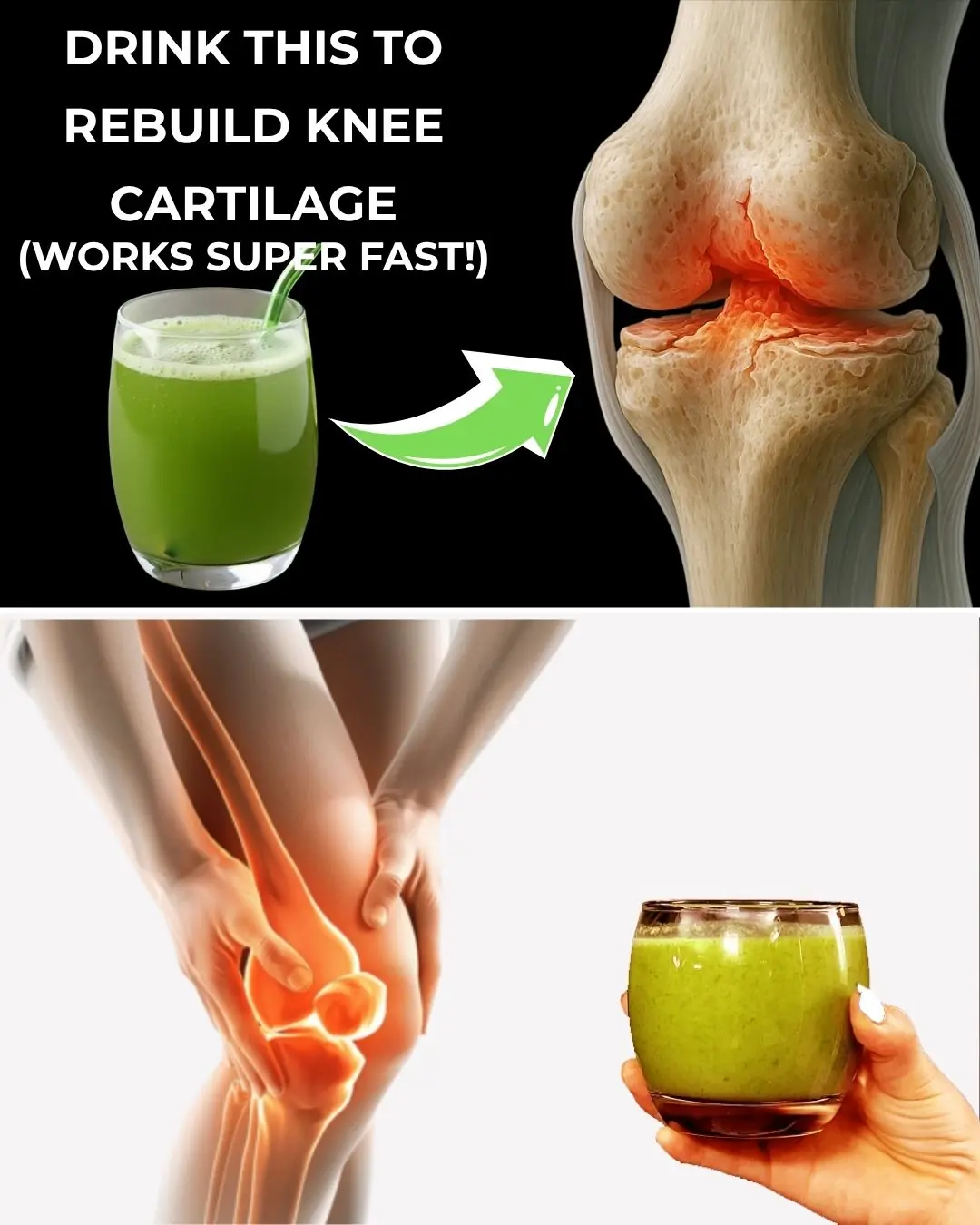
Discover the miracle drink that helps seniors rebuild knee cartilage quickly
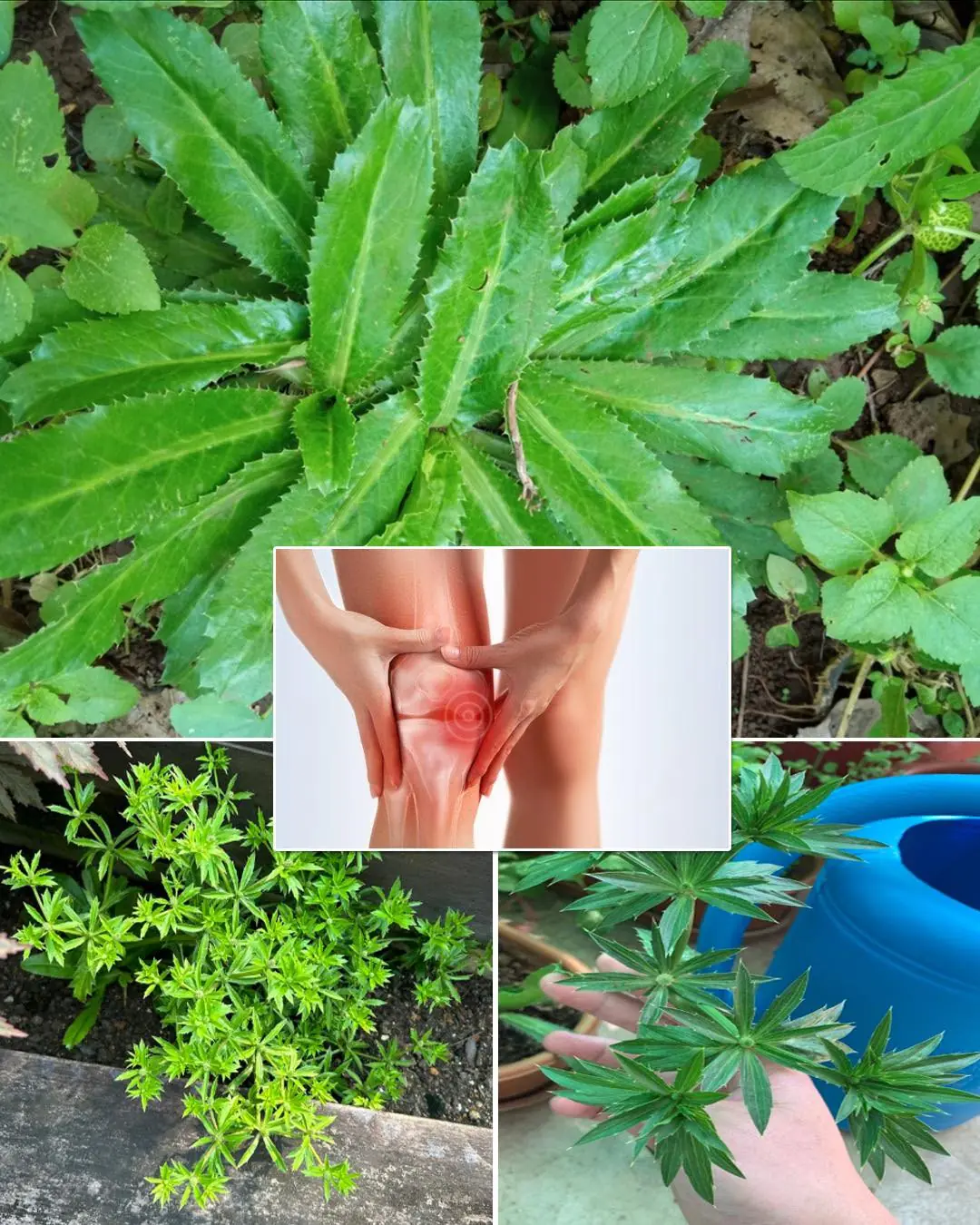
Culantro Herb Benefits and Uses: The Powerful Healing Plant You Should Try
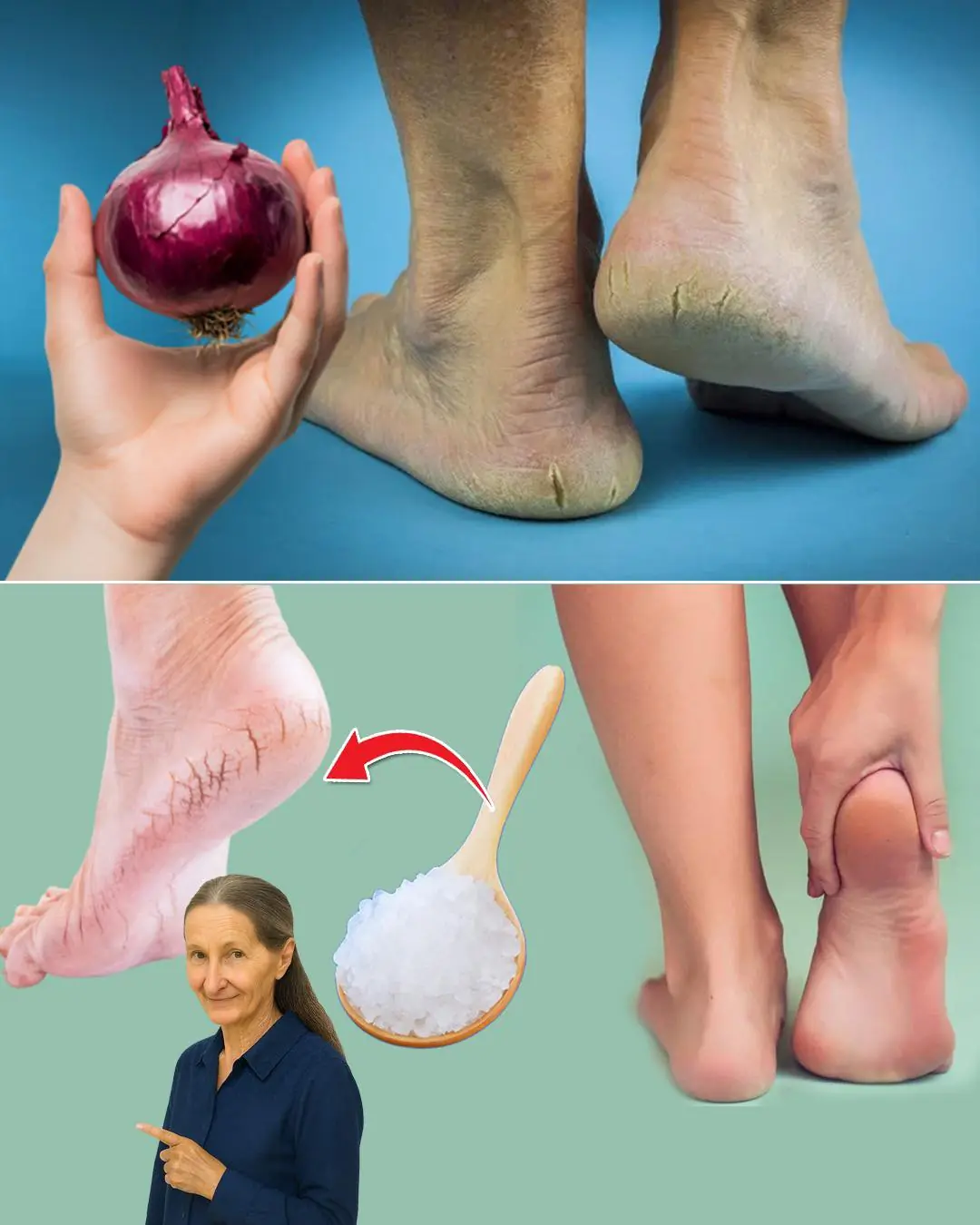
5 Natural Remedies for Cracked Heels: Red Onion, Sea Salt & More

Pumpkin Health Benefits: The Forgotten Superfood You Need Daily
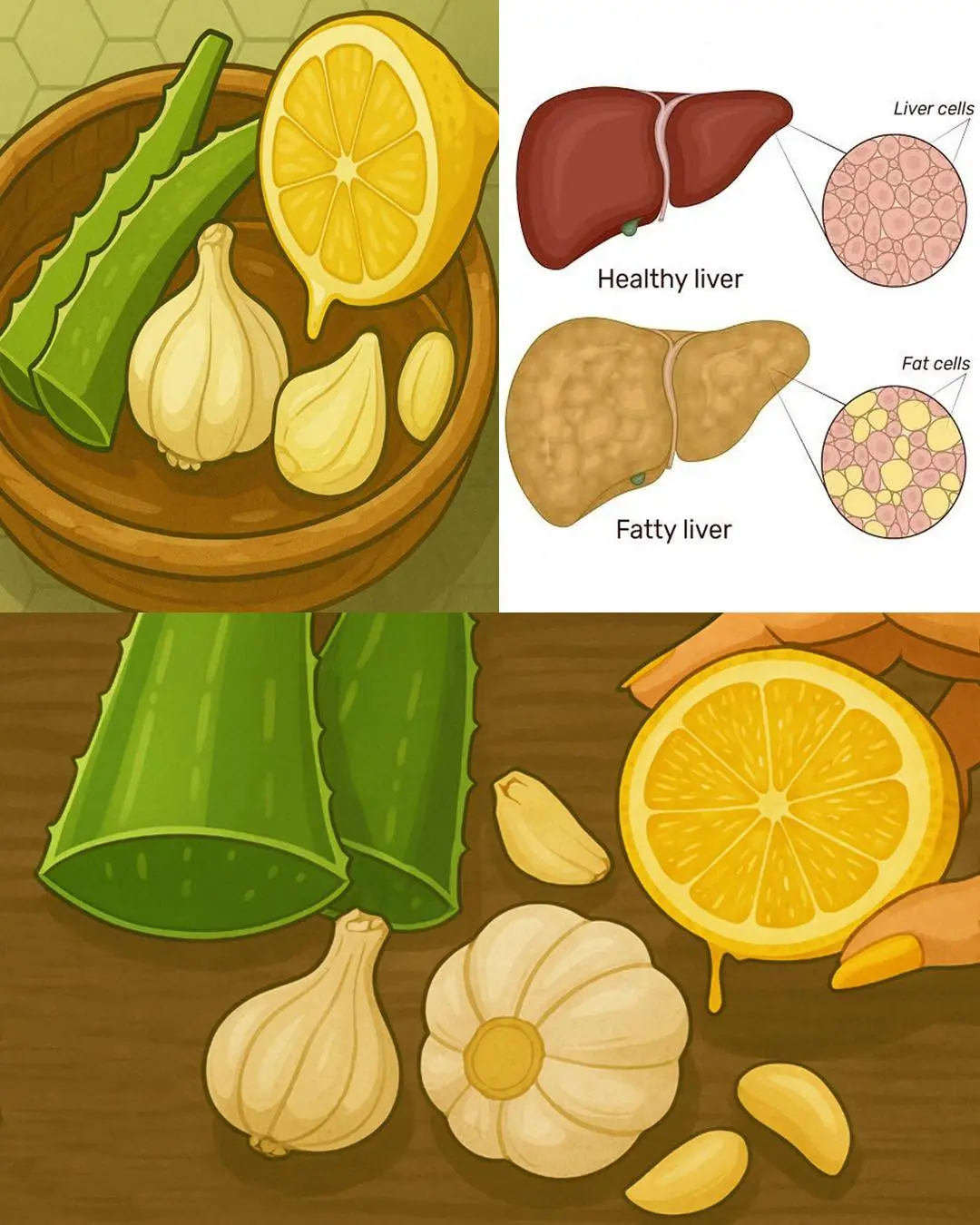
Aloe Vera Super Remedy: Stronger Than Garlic, Lemon, and Fights Bacteria & Fungi Naturally
News Post
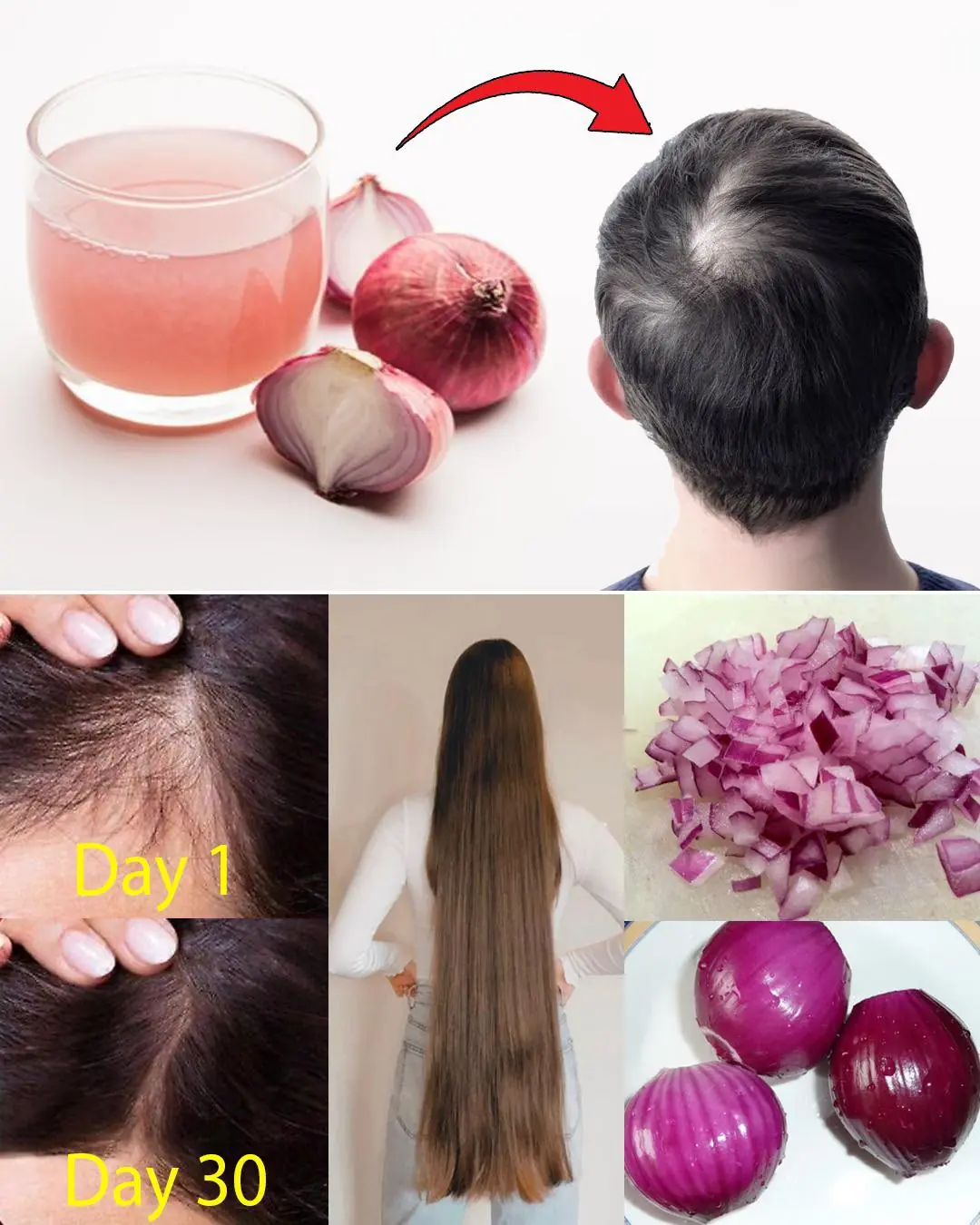
Red Onion for Hair Growth: How This Overlooked Natural Remedy Can Stop Hair Fall and Boost Thickness Fast

7 Key things about Crabgrass

The Gentle Lion Who Just Wanted a Hug.

The Night Japanese Fans Taught the World a Lesson in Respect.

Siam Weed: A powerful remedy for multiple ailments

New Research Finds a Way to Treat Late-Stage Cancer—Bringing Hope to Millions

Strokes and heart attacks don’t give warnings. But this could help you fight back—before it’s too late

From Milk Bottles to Mud Baths: The Remarkable Journey of Raising a Baby Elephant.

The Mail Carrier Who Delivered a Second Chance.

A Small Act of Kindness That Touched Everyone’s Heart.

A Love That Refuses to Give Up.

A $5 Lesson in Kindness That Changed a Father’s Heart.

A Moment Between Life and Instinct: The Cheetah and the Newborn Gazelle.

Do Elephants Have Personalities? A Student’s Heartfelt Study Reveals the Souls Behind the Giants.

A Child’s Cry, An Officer’s Instinct.

The Biker and the Cop: A Reunion After 31 Years.

Their daughter disappeared in 1990, on the day of her graduation. And 22 years later, the father found an old photo album.

Love at First Sight — Maxim, look at that beautiful girl!
